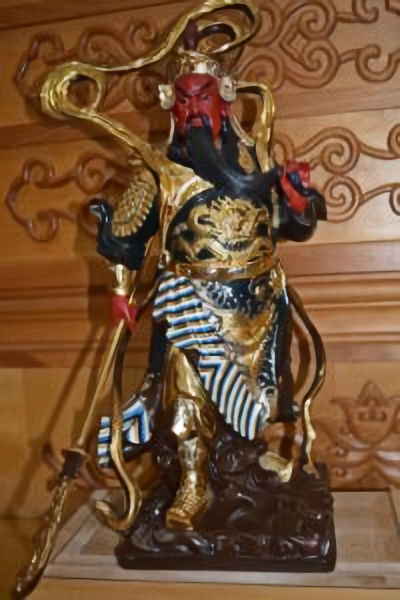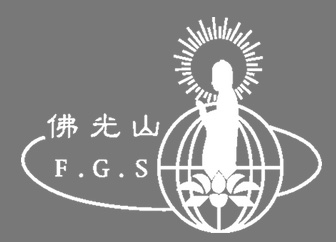Main Shrine
The Main Shrine is the heart of the temple and is called “The Treasure Hall of the Great Hero.” It is dedicated to the founder of Buddhism, Sakyamuni Buddha. This Shrine is where monastics perform services and practitioners chant sutras or offer reverence to the Buddha. The Main Shrine depicts three Buddha statues. The central one is Sakyamuni Buddha, on the right side is Medicine Buddha, and on the left side is Amitabha Buddha. Many colorful miniature Buddhas carvings line the sidewalls surrounding the Main Shrine to signify that the Buddha-nature is within everyone’s heart and exists everywhere.
The Trikala Buddhas
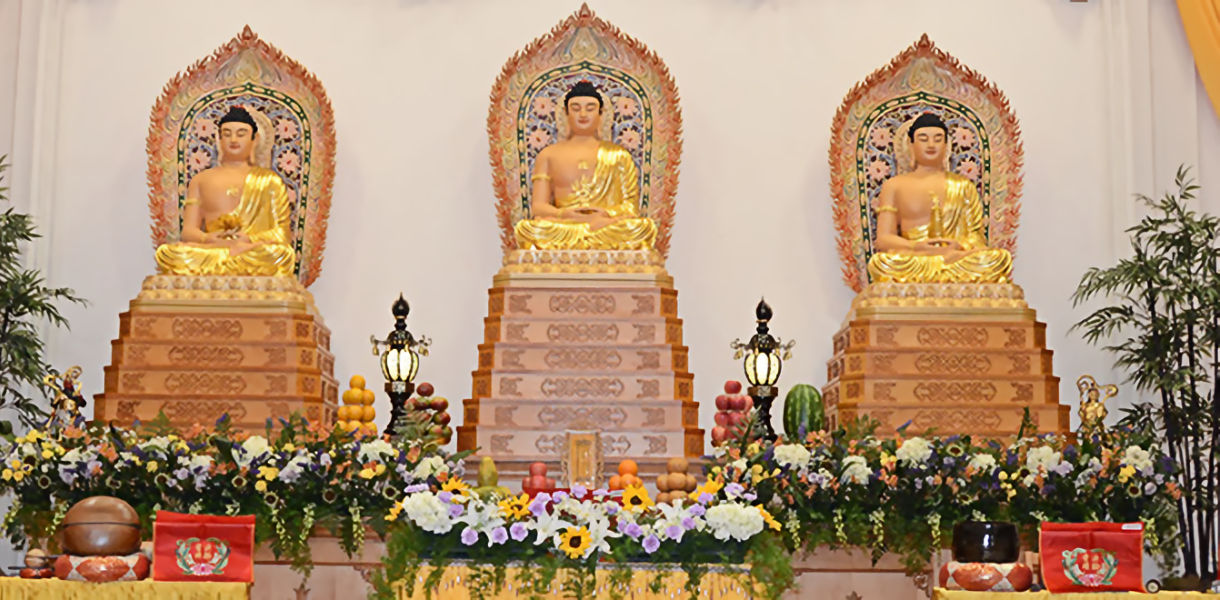
SAKYAMUNI BUDDHA
The Sakyamuni Buddha (represented by the Buddha in the center) was born as Siddhārtha Gautama, a prince of the Sakaya Clan in Hindustan, India. He renounced the world not for His own sake or convenience but for the sake of suffering humanity. The renunciation of Prince Siddartha at that early age was the boldest step that a man could have ever taken.
The name “Buddha,” which means “Awakened One,” was given to Sakyamuni Buddha after He attained Enlightenment. The Buddha was a unique human being who was self-Enlightened, was not a mythical figure but an actual, historical personality who introduces the religion known today as Buddhism. He taught for around forty-nine years and built a large following, both monastic and lay. His teaching illuminates the way for humankind to cross from a world of darkness, hatred, and suffering to a new world of light, love, and happiness.
MEDICINE BUDDHA
The Medicine Buddha (the Buddha on the right) is known as Bhaisayaguru in Sanskrit. He is described in the Medicine Buddha sutra as the Buddha, who took twelve great vows after the attainment of the Enlightenment. He is regarded as the Buddha of the Eastern Pure Land of Crystal Radiance. The Medicine Buddha is mostly worshiped in Mahayana Buddhism. In this form of Buddhism, He is regarded as the Buddha of healing and medicine, a doctor who cures suffering using the medicine of his teachings. Therefore, the Buddhists worship Him to ease out their illness and suffering. In Chinese Buddhism, the Buddhists recite the mantra of Medicine Buddha to overcome mental, physical, and spiritual problems. Not only do people recite this mantra, but they also recite the name of the Medicine Buddha.
AMITĀBHA BUDDHA
The Amitabha Buddha (the Buddha on the left) is the Buddha of infinite qualities, resulting from good deeds over countless past lives as a bodhisattva. His name indicates the idea of eternal light and life. He presides over the Western Pure Land, where he gives unbounded happiness to all who call upon his name. This ability comes from his forty-eight vows, especially the eighteenth vow, in which he vows to refuse Buddhahood until he has saved all living beings.
Except for those who commit the five unpardonable sins or blaspheme against the faith, the gift of unbounded happiness is available to all people regardless of status or position in life. This openness and acceptance have made belief in the pure lands one of the significant influences in Mahāyāna Buddhism. While his Paradise is theoretically only a stage on the way to rebirth in the final joys of Nirvāṇa, it is considered as the final resting-place of those who chant Na-mo A-mi-to-Fo.
Bodhisattvas
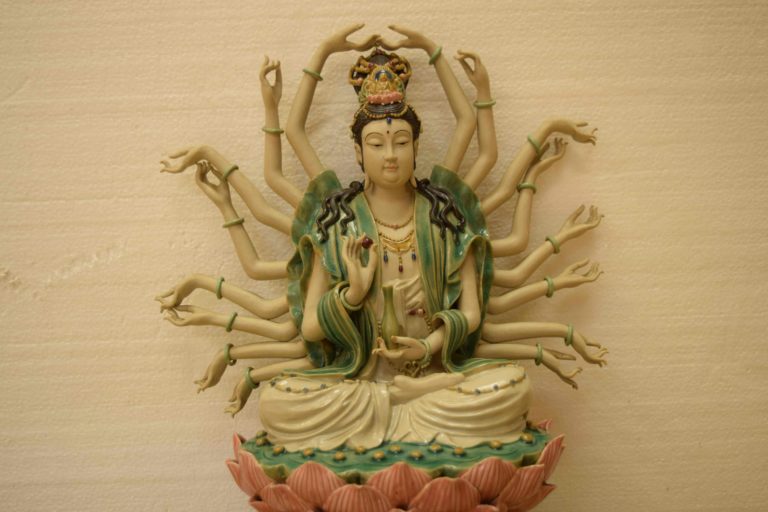
Avalokiteśvara Bodhisattva
As it is said, “Prayers depart a thousand hearts; in a thousand hearts he answers. Sailing the sea of suffering, he constantly helps people cross over.” Avalokitesvara Bodhisattva (known in her female form as Guan Yin), who has already become a Buddha, manifests as a Bodhisattva in different forms to help all sentient beings. He is always depicted with Mahasthamaprapta Bodhisattva, as the attendants of Amitabha Buddha. Suffering expounded in the First Noble Truth can be eliminated with the Great Compassion of Avalokitesvara Bodhisattva.
Ksitigarbha Bodhisattva
Ksitigarbha Bodhisattva once proclaimed, “Not until hell is vacant shall I become a Buddha. Only when all sentient beings are liberated will I attain awakening.” He has vowed to liberate all sentient beings from suffering through countless lifetimes. The Noble Truth of the Path leading to the cessation of suffering can be attained through the Great Vow of Ksitigarbha Bodhisattva.
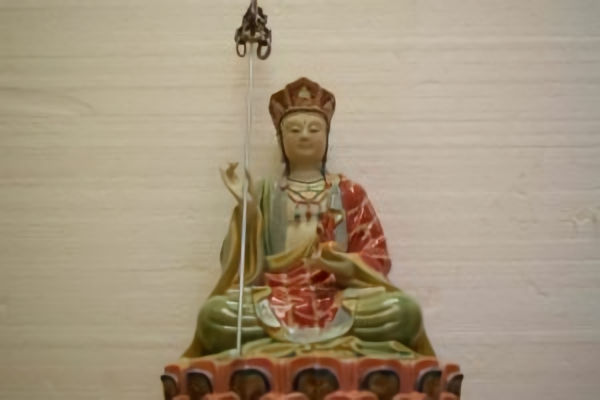
Guardians
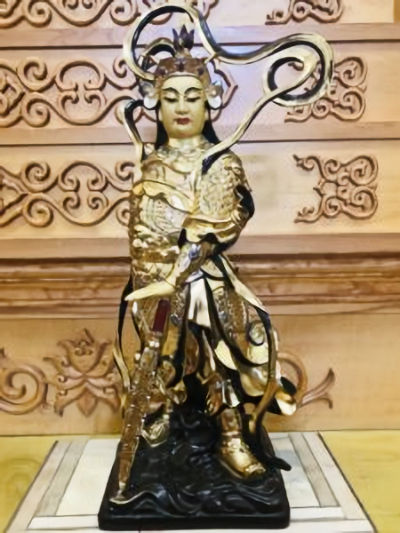
Skanda, Dharma Protector
Originally a Brahma god, Skanda became a Dharma guardian god after the Buddha asked him to protect the eastern, western, and southern continents.
Garan, Dharma Protector
Garan, originally a famous general, became a guardian of the monasteries.
